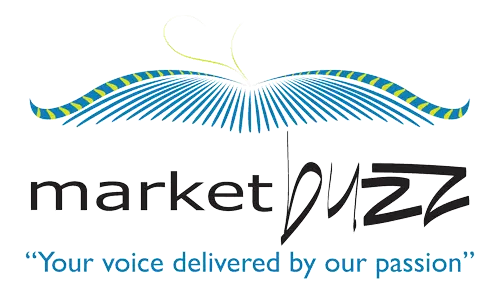Starting a business in today’s world seems easier with the global market within reach through social media and the internet to establish your digital footprint.
The traditional ways of raising capitalization through banks are also changing with the emergence of different crowd-funding platforms, the so-called angel investors and venture capitalists, ready to pump in money for your business.
But putting business ideas into action and money combined are simply not enough to grow any business or startup.
You need to send out the message about your products or services and invest on creatives that will set you apart from the crowd. Create the brand, so to speak.
And that is where public relations and communications’ plans kick in. It’s your messenger and the road map to reach out to your source markets, create brand awareness, push for sales, and ultimately, grow your business.
PR helps project a good image about your start-up, after all, it’s all about the image out there, and a nice storyline or narrative about your humble beginnings can be a good take-off point.
People love humble beginnings because these stories inspire. Life can be unfair but never too cruel to let one grow from say, being a lowly-paid employee to a successful owner of a retail chain.
So, in coming up with a narrative about your start-up, it’s best to figure out what would sell, what would catch the market’s attention? What could people relate to and make the product a part of themselves, short of developing brand loyalty in this brand-conscious world?
But bear in mind that the good things in life don’t happen overnight while you sleep. It needs nurturing—and that precisely is why you need a PR and communications strategy for the long run; as they say, a PR campaign is a marathon, not a 20-meter, 40-second sprint.
Most start-ups squint or experience a tight stomach, if not goosebumps, at the mere mention of the word PR, because “pricey” comes to mind, and there was not enough for that in the budget.
But experts would unanimously agree that an initial three-month program to beef up your launch can bring significant results—and at affordable rates—after which it’ll be auto-cruise from them on, where all you’d probably need to do are some upgrades on your regular press releases.
You can also organize a “mingle evening” with the press to see them eye-to-eye and get a tad more personal to start a professional relationship on a first-name basis; or a “visit me” event where you dress up your shop, for instance, and hold a short program, throw in some hors d’oeuvre and fresh drinks on tall round tables, then give everyone a small gift in the press kit.
Of course, your regular press releases should not be done perfunctorily for the sake of coming up with one or two every week or so because it risks being mundane and boring—and nobody will bite.
Instead, go for the interesting; a new development from your start-up, like rollouts, a promo or even an online contest to keep your start-up visible to the digital world.
Be sure to put this on your checklist when having work-in-progress meetings with your PR team. Also, be sure to ask them for suggestions and not the other way around; bear in mind that while your PR should also be standing on the same ground as you are to be on the same page and for a better PR strategy and communications plan. It’s a two-way traffic.
At the end of the day—and all said—staying the course on your start-up PR communications plan could one day result to expansion plans. It’s a worthy investment.



